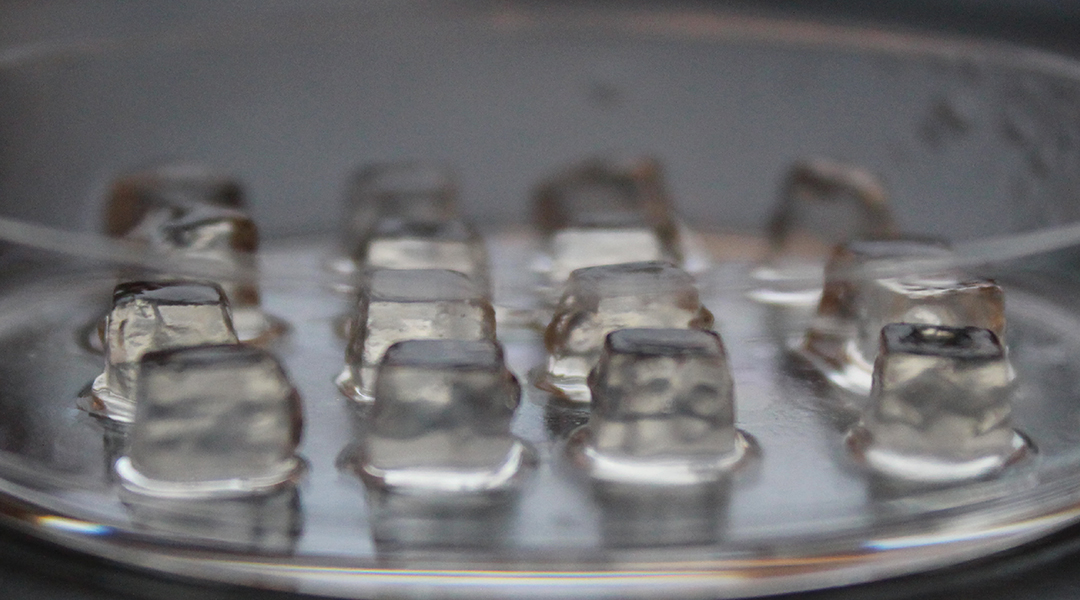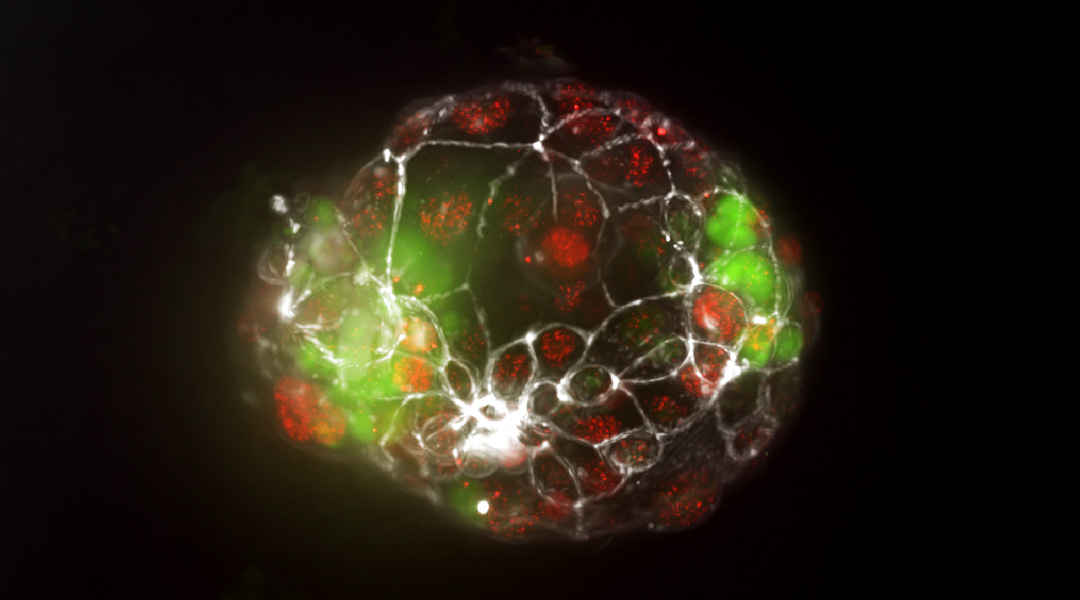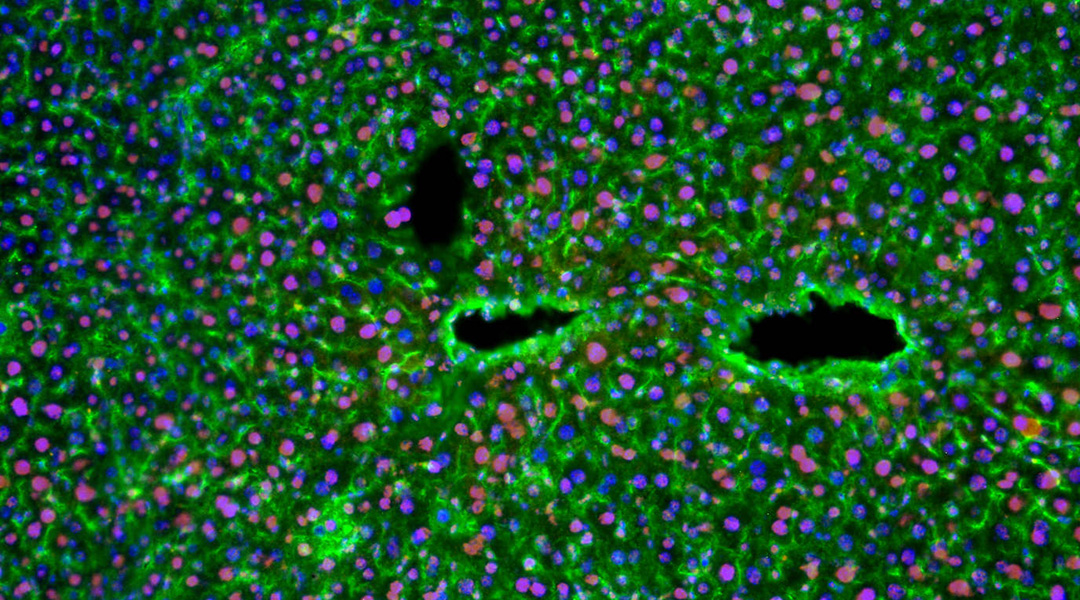Mimicking one of the body’s most complex organs isn’t easy, but researchers are making progress.


Mimicking one of the body’s most complex organs isn’t easy, but researchers are making progress.

Using a hydrogel coated with electrospun nanofiber, a new artery graft offers safer coronary artery bypass interventions.

Future astronauts may be protected from galactic cosmic rays thanks to a novel organ-on-chip system containing interconnected human tissue.

Gold nanoparticles and near-infrared light speed up regeneration and reproduction in hydras, providing insights for regenerative medicine.

A new organ-on-a-chip model allows researchers to study the splitting of the embryo during pregnancy for the first time.

Understanding how muscular atrophy occurs on the cellular level could help researchers identify new drugs to treat the condition.

A new study finds that amyloid beta, a culprit in Alzheimer’s disease, is important for maintaining a healthy liver.

Microscopic robots made out of a patient’s own cells may be able to work inside the body to repair damage, scope out signs of disease, or fight off infections.

In a world first, UK authorities grant regulatory approval for a CRISPR gene therapy targeting sickle cell disease and β-thalassemia.

A model based on human stem cell–derived neurons is allowing researchers to understand opioid-induced respiratory failure to improve overdose treatment.